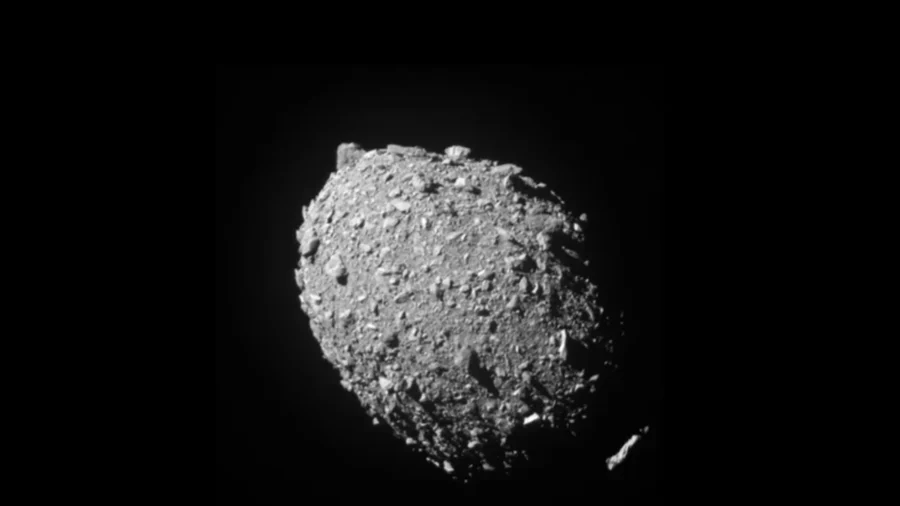Four sizable asteroids, each classified as “potentially hazardous”, are set to pass by Earth Thursday within a span of less than 12 hours.
Two of the space rocks were discovered earlier this month, and both are about the size of an airplane, according to NASA’s Asteroid Watch dashboard.
The first asteroid, known as 2015 HM1, is the smallest of the group, measuring about 100 feet in diameter. It will come closest to Earth at around 4:36 a.m. UTC (0:36 a.m. EDT), within about 3.4 million miles, roughly 14 times the distance from Earth to the moon.
Following 2015 HM1 is the asteroid 2024 TP17, which measures about 170 feet across. According to NASA, it will make its closest approach at about 8:20 a.m. UTC (4:20 a.m. EDT) and pass within 2.9 million miles of Earth.
The two remaining asteroids, 2002 NV16 and 2024 TR6, will pass by Earth just four minutes apart. The largest among all four is 2002 NV16 measuring around 580 feet across, or about the size of a skyscraper, and will reach its nearest point at about 15:47 p.m. UTC (11:47 a.m. EDT), nearing within 2.8 million miles of our planet. Just minutes later, the 150-foot-wide asteroid 2024 TR6 will pass at a distance of 3.5 million miles at about 15:51 p.m. UTC (11:51 a.m. EDT).
According to NASA’s dashboard, asteroids 2024 TR6 and 2024 TP17 were detected this month, with TR6 discovered on Oct. 7 and the latter on Oct. 12.
Every week, asteroids are identified by ground-based survey telescopes, such as the Catalina Sky Survey in Arizona, according to the European Space Agency. They said the telescopes are designed to look for objects moving in front of motionless stars, scanning large sections at a time.
According to the agency, about 90 percent of all large asteroids thought to have been discovered pose no risk of impacting Earth. They said smaller asteroids, however, are far greater in number, and only a “tiny fraction” has been discovered. The main concern scientists say is medium-sized asteroids, which range from 10 to hundreds of meters, with the majority still undiscovered. Such asteroids are potentially capable of destroying a city.
According to a scale on the agency’s website, asteroids ranging between 100 to 300 meters would have an effect about equal to an eruption of the Hunga Tonga submarine volcano, which erupted in December 2021 and was the largest underwater explosion ever recorded, according to the National Oceanic and Atmospheric Administration.
If detected early enough, measures could be taken to divert such asteroids, according to experts.
Within 30 Million Miles of Earth
The coming asteroids are deemed “potentially hazardous” because their orbits bring them within 30 million miles of Earth, according to NASA’s definition.
While they are not expected to hit the Earth, the largest among them, 2002 NV16—measuring about 177 meters across—could significantly damage a city if it did, according to the European Space Agency.
NASA’s dashboard also predicts near-Earth approaches in coming years, revealing that some of these asteroids will make even closer passes in decades to come. Asteroid 2024 TR6 is expected to return on Aug. 5, 2039, approaching within 1.2 million miles, while asteroid 2024 TP17 will come as close as 1.3 million miles on Oct. 25, 2040.

